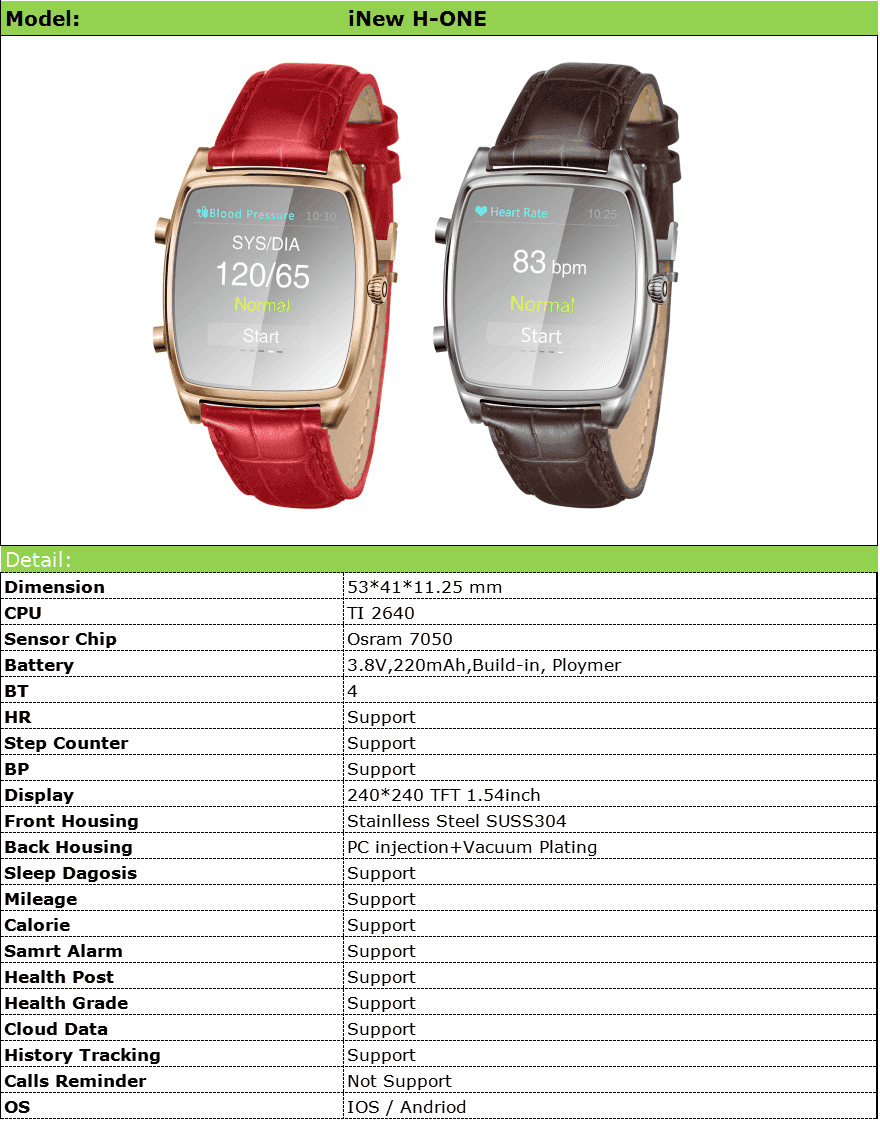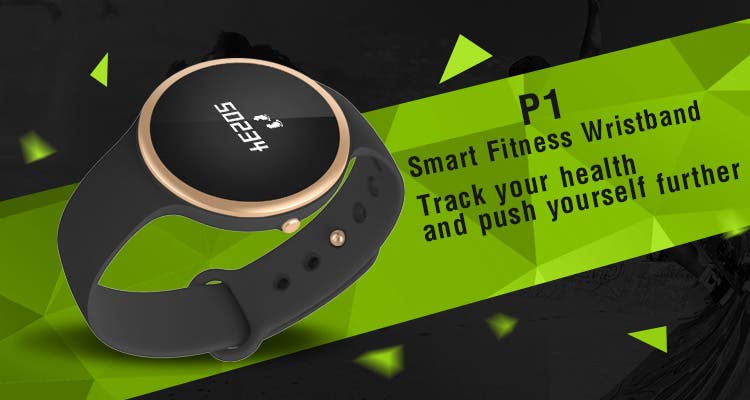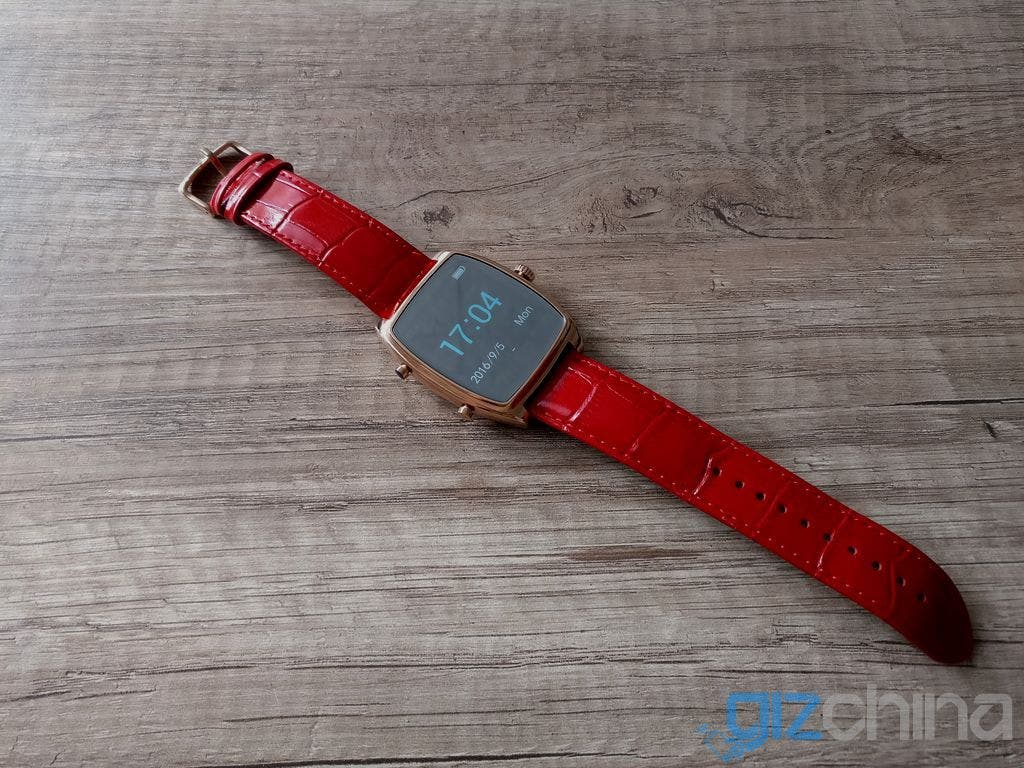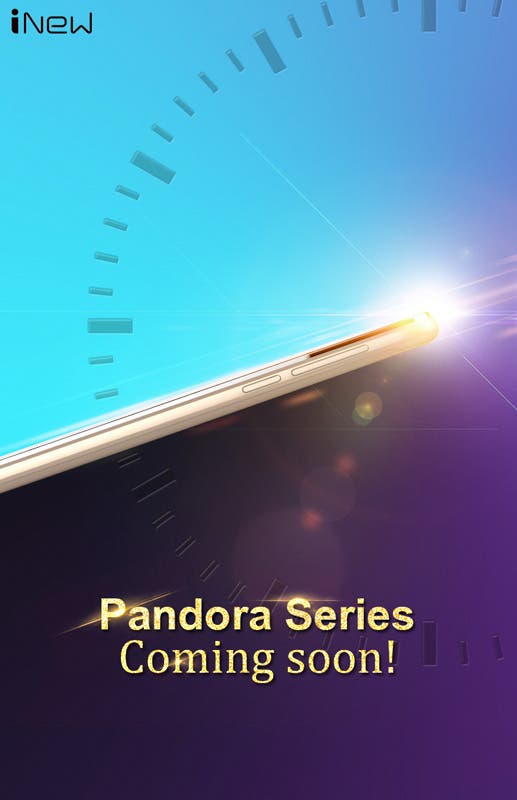iNew, once a very popular Chinese phone maker (shot to fame with the elegant V3), is attempting to buy back its lost audience.
For that, the company has announced a new smartwatch, the iNew H-One. A lot of phone makers in China are now also producing smartwatches; this comes at a time when critics still think there’s a way to go before the smartwatch industry matures.

Nonetheless, coming back to the H-One. Unlike the bunch of budget smartwatches that have dawned the Chinese market of late, the H-One doesn’t work on the MediaTek MT250xx series of chipsets, but instead uses the Texas Instruments 2640 chip.
The display atop the iNew H-One is a 1.54-inch, 240 x 240p panel, covered all four sides in stainless steel. The dial measures 53 x 41 x 11.25 mm, and houses a 3.8v, 220mAh battery.
The H-One touts itself as a ‘health watch’, for besides sleep, activity and heart rate monitoring, the watch is also claimed to have the ability to measure blood pressure.

There’s no word on the pricing yet. Keep watching this space for more!
Follow Gizchina.com on Google News for news and updates in the technology sector.






This might actually be awesome since it’s not using mtk. Mtk socs are great on cellphones but unusable on smarteatches. They all use that shit nuclear os
MediaTek has a lot of very cheap first and second gen watch SoCs that are totally underpowered — they tend to have much less than 256MB of ram, down to ~32MB. And these are totally avoidable. Modern SoCs from Mediatek are probably the best in that form factor at the moment. They support 256MB-1GB of ram
Mediatek made nothing that is suitable for watch or IoT so far. On the other hand Texas Instruments CC2640 is a little to far on the other side. http://www.ti.com/product/CC2640
So this watch should have a fantastic autonomy but it won’t be much more than simply just a watch with additional (sensor) functions. I am curious about OS as this is capable running only micro kernel & basic visual overlay.
To be honest there are just one or two SoC’s so far that can deliver all requirements but they are very pricy, based on Cortex M7 that is by far still the best choice. It’s expected that real adoption will come in first half of the 1017 & will be based mostly on Cortex A32 solutions based on 22nm FD-SOI lithography, still those based on M7 will represent better choice (more costumable, more power efficient & faster).
This might actually be awesome since it’s not using mtk. Mtk socs are great on cellphones but unusable on smarteatches. They all use that shit nuclear os
MediaTek has a lot of very cheap first and second gen watch SoCs that are totally underpowered — they tend to have much less than 256MB of ram, down to ~32MB. And these are totally avoidable. Modern SoCs from Mediatek are probably the best in that form factor at the moment. They support 256MB-1GB of ram
Mediatek made nothing that is suitable for watch or IoT so far. On the other hand Texas Instruments CC2640 is a little to far on the other side. http://www.ti.com/product/CC2640
So this watch should have a fantastic autonomy but it won’t be much more than simply just a watch with additional (sensor) functions. I am curious about OS as this is capable running only micro kernel & basic visual overlay.
To be honest there are just one or two SoC’s so far that can deliver all requirements but they are very pricy, based on Cortex M7 that is by far still the best choice. It’s expected that real adoption will come in first half of the 1017 & will be based mostly on Cortex A32 solutions based on 22nm FD-SOI lithography, still those based on M7 will represent better choice (more costumable, more power efficient & faster).